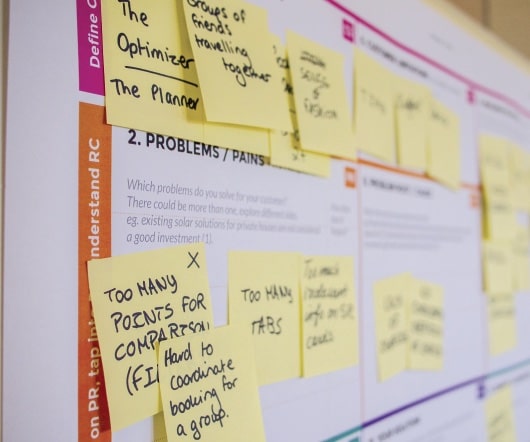Right Here, Right Now
Plug In Partners
FEBRUARY 22, 2006
T he Fall edition of the EPRI Journal has a feature story called The Plug In Hybrid Vehicle: Beyond Gasoline by Lucy Sanna Here is the PDF. The Plug-In hybrid charges directly from the electricity grid, but unlike its electric vehicle brethren, it sports a liquid fuel tank for unlimted driving range.












Let's personalize your content